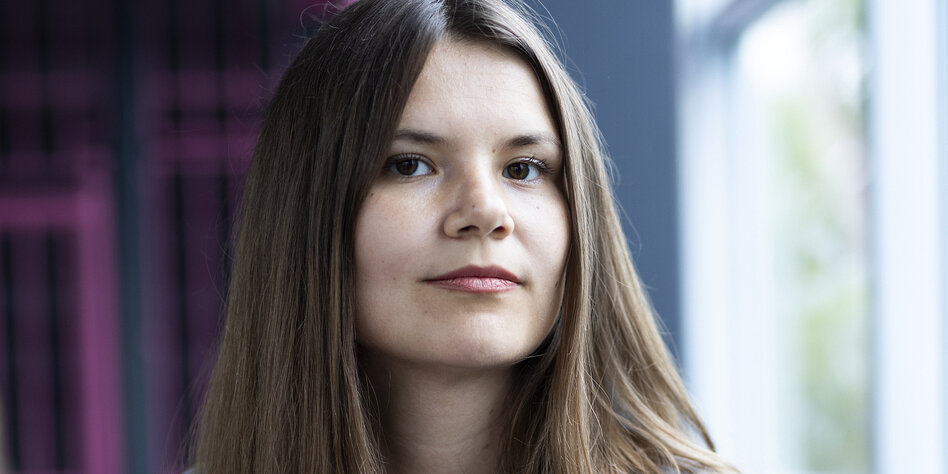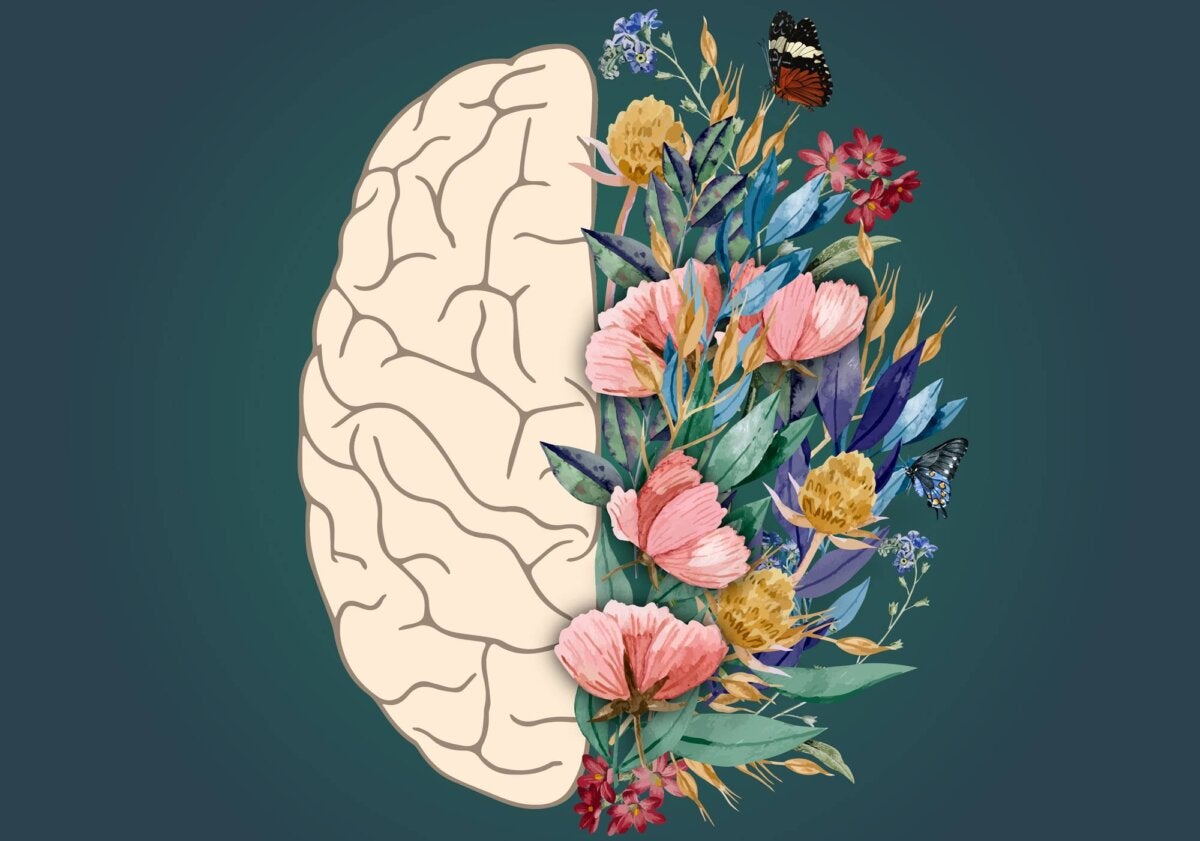Trier/Bern (dpa/tmn). Anyone who has experienced something bad as a child or teenager often still suffers from it as an adult. What can you do to heal yourself, where can you find help? Two experts provide answers.
We all carry imprints from childhood that influence our feelings and behavior as adults. Traumas from childhood can be particularly formative and can also make adult life difficult. But anyone who deals with it can find healing.
What is meant by childhood trauma?
Childhood trauma can occur in the form of active abuse such as physical and sexual violence as well as emotional abuse. Equally serious can be neglect, which can be both emotional and physical, including neglect of medical needs.
In the event of a trauma, explains psychotherapist and author Stefanie Stahl, all stress regulation functions fail. “In such moments, a person cannot cope emotionally or physically with the situation and experiences a state of complete helplessness.” People who were traumatized in childhood often suffer from a fundamental lack of safety experiences.
This is also because childhood traumas are rarely individual traumatic experiences: “When a child is physically abused, they are rarely protected from it in a wonderfully sensitive manner,” says Marc Schmid, senior psychologist research at the University Psychiatric Clinics in Basel. “Rather, these traumas often involve multiple facets that often take place over several years.”
A distinction is made between a single bad experience, the so-called monotrauma, and polytrauma, i.e. multiple trauma. Multiple trauma covers a longer period of time. “It means that we have to somehow survive and cope with abnormal, extremely stressful relationships and threats where normal coping strategies fail,” says Stahl.
I wasn’t beaten or sexually abused, can I still be traumatized?
In addition to physical abuse and physical neglect, the so-called adverse childhood experiences (ACEs) also include emotional neglect and emotional abuse. This means that even if a child is always humiliated, insulted or punished with disrespect, he or she is experiencing trauma.
“Even persistent arguments or violence in the family cannot be tolerated by children and, above all, cannot be dealt with because there are no healthy coping strategies,” says Stefanie Stahl. “They have to deal with feelings of extreme helplessness and threat. This usually happens by suppressing their feelings and needs, completely tuning their antennae to the outside world, and over-adapting.”
How do you notice that the consequences of trauma are affecting you?
“Traumatic experiences can become noticeable in adulthood if you notice that you keep falling back on old behavioral patterns in certain situations,” explains Stefanie Stahl.
“These patterns, which represented useful strategies in the past, are often dysfunctional in the present, when the traumatic situation no longer exists.” And they are an indication that the brain cannot distinguish between the past and the present, says the expert . “Due to the imprint from childhood, it’s basically the other way around: you have an abnormal and inappropriate coping strategy for a normal situation.”
Stressful childhood experiences can also have consequences on a physical, social and psychological level, for example in the form of mental disorders and illnesses.
How does childhood trauma affect later life?
“Trust in other people, the ability to bond, self-efficacy and the ability to deal effectively with the environment suffer most from trauma,” says Marc Schmid, board member of the German-speaking Society for Psychotraumatology (DeGPT). “The core problem is difficulties in emotion, self-esteem and relationship regulation.”
“Trauma has a dose-dependent effect; The more severe and longer the trauma, the more profound the effects on later life,” says Stefanie Stahl. She gives an example: If someone was repeatedly humiliated and senselessly shamed by a parent during their childhood and adolescence, they develop an excessive fear of mistakes and rejection. “This can lead to extreme perfectionism in adulthood – and cause enormous suffering.”
What can you do yourself against childhood trauma?
An important first step is recognizing and accepting trauma as part of your own life story. “Traumatized people are often separated from their feelings because at the time of the trauma it was a useful survival mechanism to simply no longer feel anything,” says Stahl.
But they can try to find access to their emotions themselves: “Many people are not aware of how much they can contribute to healing by asking themselves the right questions,” explains the psychologist. “If you want to change something, you should basically ask yourself: What shaped me? And where do I repeatedly fall into behaviors or emotional states that are not at all appropriate to the external situation in the here and now?”
This can also be done through self-help with reputable guidelines and advice, but in some cases professional help, for example in the form of psychotherapy, is helpful or necessary in order to process what has been experienced and develop healthy coping strategies.
Childhood trauma: What treatment methods are there?
Therapeutic approaches such as trauma-focused cognitive behavioral therapy (TF-CBT), EMDR therapy (Eye Movement Desensitization and Reprocessing) or schema therapy are considered effective in the treatment of trauma. They help to process traumatic experiences and change the associated emotions and behavioral patterns.
The treatment of childhood trauma involves several phases, explains Marc Schmid, including the preparation phase with psychoeducation, stabilization and distancing, an exposure and a phase of integration, new beginnings and relapse prevention. The aim is to help those affected process the trauma and develop a new perspective on the events.
There are an incredible number of offers for the treatment of trauma, especially on the internet and on social media. How do I find someone reputable?
It is important that the therapist has a license to practice medicine. So, for example, a psychological psychotherapist, child and adolescent psychotherapist or a medical psychotherapist or a (child and adolescent) psychiatrist, says Schmid. Then you should also see whether the person can carry out evidence-based trauma therapy. On the DeGPT homepage you can use the therapist search to find someone in your region from among 3,000 therapists with a DeGPT certificate.
Basically, you should ensure that procedures whose effectiveness has been proven in scientific studies are used. These are behavioral therapy methods and EMDR. The therapist should be able to say which trauma therapy methods are used.
That sounds very tiring and tedious. Is it really worth dealing with?
Yes, evidence-based trauma therapy can be quite strenuous, as Marc Schmid says. “But also extremely effective. Actually, six months and normal statutory psychotherapy is quite sufficient for the treatment of trauma or post-traumatic stress disorder.”
Of course, there are also people who have very complex illnesses and who also need concrete support and long-term support.
“Dealing with trauma and your own influences can be an investment in your own mental health,” says Stefanie Stahl. “You should ask yourself whether you should deal with it intensively and then find closure, or whether you allow old patterns to permanently work in the background, dominate you and control your own behavior.”
Especially since those affected not only suffer from not behaving appropriately in certain situations, but can also put a strain on others around them.
“Healing is possible and noticeable when you are triggered less and less in certain situations and old reaction patterns are no longer automated, but you learn new and healthier coping strategies.” The more often you experience yourself as self-effective in this way, the stronger you develop a feeling of security and control – and that is important in every phase of life.
© dpa-infocom, dpa:240430-99-863633/5 (dpa)





